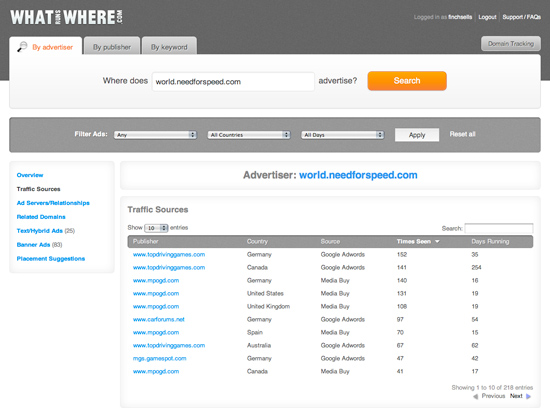To cloak or not to cloak? That seems to be the question for many disillusioned Facebook marketers these days.
Facebook has grown increasingly picky over the ads that it accepts. I doubt you needed me to tell you this. The endless stream of disapproval notices and the fist-shaped hole in your wall should be evidence enough.
While Facebook seeks to tighten its noose around the necks of certain rogue affiliates, many of these marketers simply can’t stand to give up the ghost. They are head over heels with Facebook’s enormous earning potential, and perhaps the knowledge that it made them good money in the past. So instead of playing by the rule book, they eat the rules and crap them out the window. Cloaking enters the equation.
Cloaking is the mischievous art of showing one page to the Facebook approvals team, and another to the unlucky guy who clicks on your ad. When cloaking Facebook, you can launch a series of pant-wettingly lucrative ads simply by ignoring the strict editorial guidelines that the rest of us are obliged to follow.
Naturally, Facebook doesn’t take kindly to having the wool pulled over its eyes. If you are caught cloaking ads, you can consider yourself banned, along with any other accounts that you may already be linked to.
It’s clear that cloaking on Facebook is a high stakes game. The need to avoid detection has led to the launch of several professional ‘cloakers’, which can cost from a few hundred dollars to several thousand. Most of these cloakers rely on huge databases of IPs, and the hope that Facebook doesn’t get any smarter than it already is (a flimsy leg to stand on, if you ask me).
I don’t want to delve in to solutions that are currently on the market. What good would it do for anybody? You need only sign up at a private forum, or pay attention to your email newsletters. They are not hard to find, although their degree of effectiveness can vary dramatically.
If you’re going to skimp on budget for your technology, investing in a half-arsed Facebook cloaker is probably the dumbest decision you could ever make. Well, almost…
My mind boggles at how many affiliates are still fond of the classic ‘bait and switch’ cloaking that was popular 3 years ago.
If you’re not familiar with the technique, well, there’s very little science to it.
Cowboy Affiliate #1039 submits an ad promising dramatic weight loss, while redirecting to an innocuous article on a reputable site. Let’s say “7 foods that will help you lose weight in 30 days” on Men’s Health Magazine.
Facebook follows the link, sees no harm, and approves it for public display.
Roughly 20 seconds later, Cowboy Affiliate is changing his redirect so that instead of the article on Men’s Health, the ad now routes through to a monster flog that’s painted in pictures of the 300 workout. Instead of 7 healthy ‘foodages’ (Thanks, Karl Pilkington), the user is confronted with 2 bottled health supplements, and a recurring billing cycle buried somewhere in the footer.
This classic form of bait and switch cloaking can be achieved without technology. You need only guts, balls and a heavy dose of naivety to get your first ‘cloaked’ campaign live and profitable. Facebook traffic converts so well that having the right ad live for a week can net five figures of profit quite comfortably.
Unfortunately, it’s also about as suicidal as affiliate marketing gets. If your business can only make money with such crash and burn methodology, it’s already infected with a terminal cancer. I give you about 3 weeks.
My recommendation is to avoid cloaking altogether. If you are in this business to make money over the long term, without burning every last bridge along the way, there is little sense in committing to a business strategy where the only person who wins is yourself.
In most cases, it would be more accurate to say that the only winner is your affiliate network. They enjoy the fruits of your traffic, without the risk of getting their Facebook accounts banned.
But there’s the catch. Not everybody is in affiliate marketing to make money over the long term. Some of you guys reading this now have no interest in being full time affiliates. Maybe you have day jobs or other business ventures, and you see cloaking Facebook as a funny little moneymaker on the side. “Hey, Mark Zuckerberg! Suck my berries…”
No words of mine will deter those individuals from investing in the technology necessary to cloak Facebook profitably. So to answer the question, “Is cloaking Facebook worth it?“, only you know the answer.
Are you trying to build a business, or are you trying to pillage quick cash like a bull in a china shop? Your answer should reveal the way forward.
Recommended This Week


No comments yet.
Add your comment